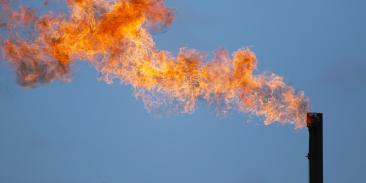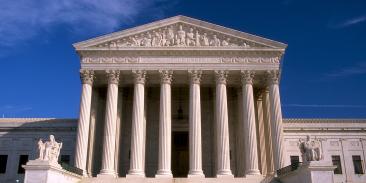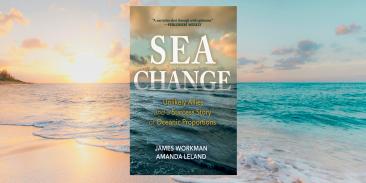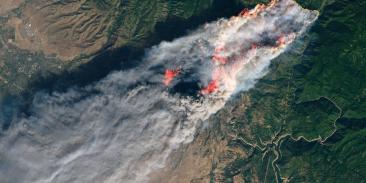New Report Ranks 50 Cities Where Dirtiest Air Impacts The Most Kids
(20 September 2004 — New York) A new report from Environmental Defense ranks the top 50 U.S. cities where the worst air pollution impacts the greatest number of kids. The Dangerous Days of Summer report recognizes the serious impact poor air quality has on the health of children, but especially on those with asthma, and lays out a plan to reduce by 80% the most important sources of air pollution that trigger asthma.
“This report is a wake up call. Fighting for clean air in this country means fighting for the millions of kids that struggle to breathe every day because of pollution,” said John Balbus, M.D., M.P.H., director of the health program at Environmental Defense. “The good news is that the country can curb the triggers of asthma and ease the burden of other health consequences from air pollution. An urgent first step toward this goal is for EPA to cut the harmful pollution from power plant smokestacks instead of weakening long-standing clean air protections.”
The top ten cities, with the most dangerous days are: Los Angeles, Riverside-San Bernardino, New York City, Philadelphia, Houston, Washington, DC, Chicago, Baltimore, Atlanta and Detroit.
For the complete ranking, download the full report [PDF].
The report found that in Los Angeles, playing outside was dangerous for healthy children 20% of summer days. For the more than 200,000 children with asthma in Los Angeles, nearly half the days of summer put them at risk for more attacks. The Riverside-San Bernardino area, which ranked second because of its lower population of children, had even worse air quality. In this city, an average of nearly 70% of summer days were dangerous for children with asthma, and more than one-third of summer days were potentially harmful for all children.
“Over the past three summers, millions of children with asthma were put at risk because air pollution levels were dangerously high,” said Dr. Balbus. “Reducing pollution from tailpipes and smokestacks is possible, but the public must demand action from our leaders.”
In the report, Environmental Defense describes an effective and practical plan to cut:
- Smokestacks pollution. EPA must strengthen and finalize its proposal to clean up particulate and smog-forming pollution from eastern power plants and expand its clean smokestack initiative nationwide.
- Diesel pollution. EPA recently adopted strong standards for new diesel engines, but their full impact won’t be felt until 2030 or later. A commitment to clean up existing diesel engines is needed today. A federal funding program should also be expanded beyond school buses to other sectors.
- Exposure to road pollution. Federal leaders must support a national transportation policy that promotes market tools to limit congestion, increase travel options, foster smart growth and encourage cleaner vehicles.
With more than 3 million members, Environmental Defense Fund creates transformational solutions to the most serious environmental problems. To do so, EDF links science, economics, law, and innovative private-sector partnerships to turn solutions into action. edf.org
Latest press releases
-
New Analysis Finds Indigenous Lands and Protected Areas Are Key in Slowing Deforestation; Without them Brazilian Amazon Forest Loss Would be 35% and Carbon Emissions 45% Higher
October 28, 2025 -
New Poll: Republicans, Democrats and Independents Strongly Oppose Weakening Chemical Safety Law
October 27, 2025 -
Court Rules New York Must Implement State Climate Law and Deliver Swift Action
October 24, 2025 -
EDF Goes to Court to Help Defend California Climate Risk Reporting Laws That Protect People from Financial Damage
October 24, 2025 -
Oregon Water Partnership Applauds Gov. Kotek’s Executive Order to Promote Resilience of Communities and Natural Working Lands and Waters
October 23, 2025 -
Community, Health and Environmental Groups Sue to Stop President Trump’s Unlawful Toxic Air Pollution Exemptions
October 22, 2025










